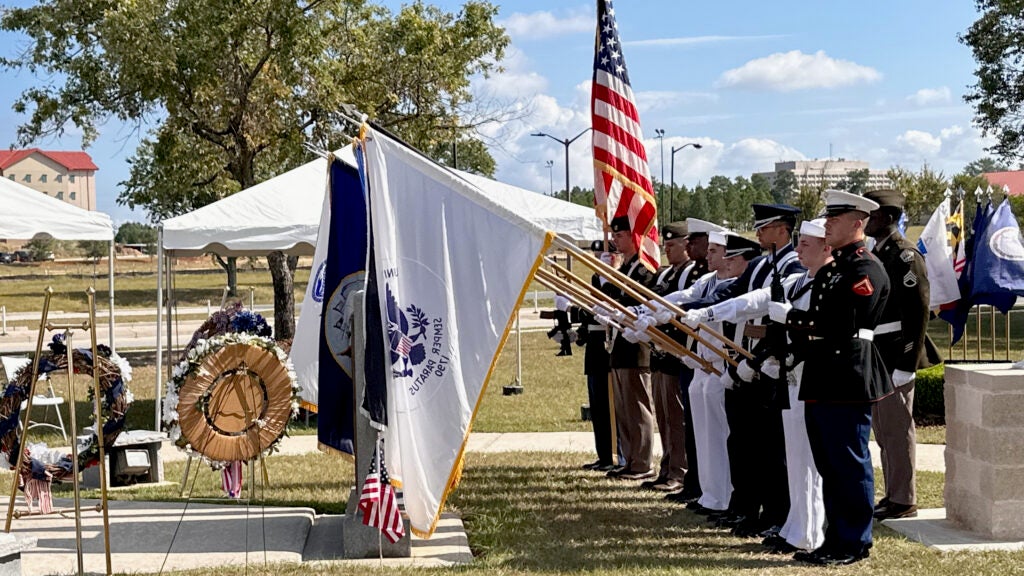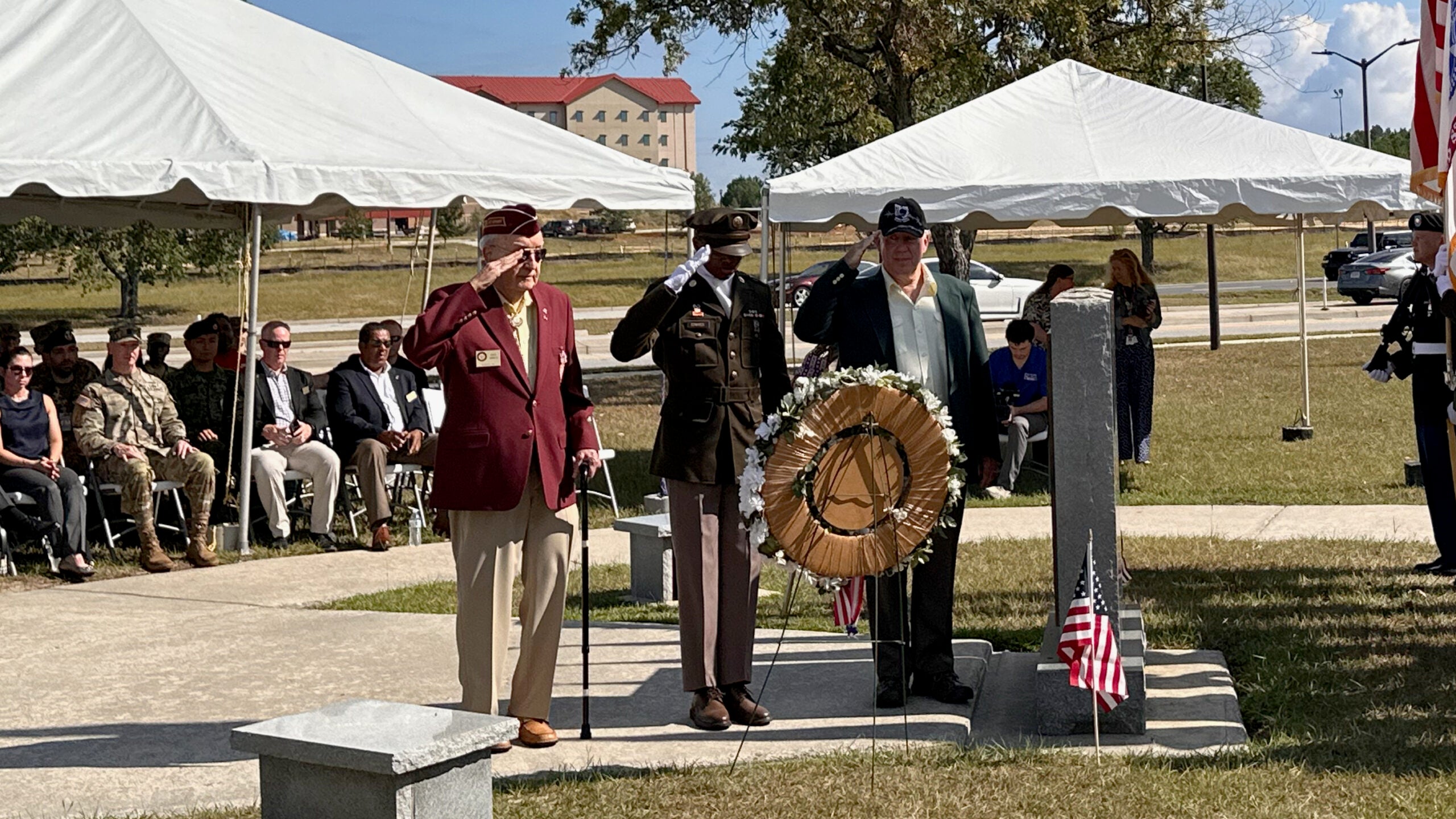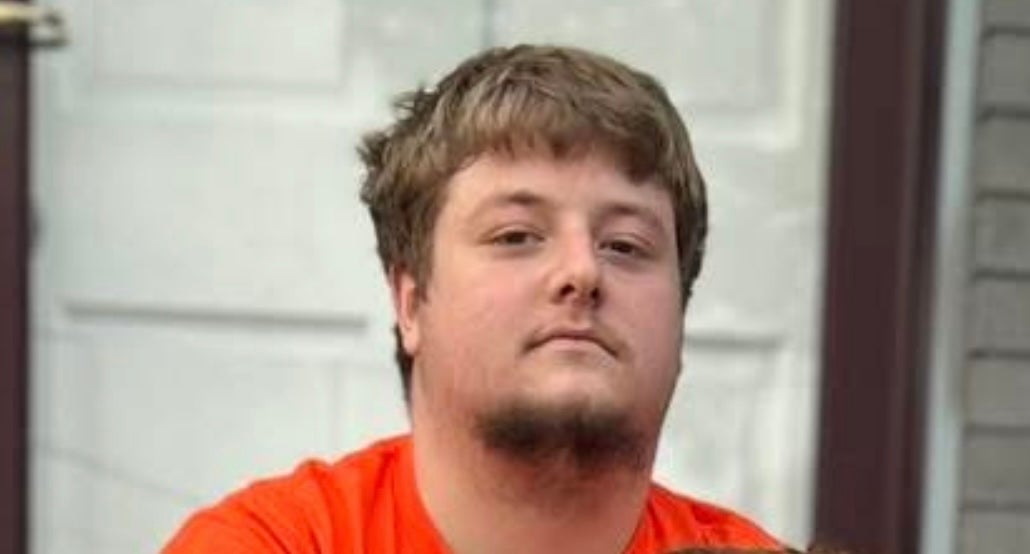Fort Eisehower honored America’s missing in action and prisoners of war in a solemn ceremony Friday.
Representing those who made it home, retired Col. Querin “Quin” Herlick, a U.S. Army aviator was already on his second Vietnam tour when his plane was shot down near Cambodia in 1969.
North Vietnamese soldiers forced him and three others to walk 50 miles with their arms tied behind their backs. Herlick has described being kept in a dirt hole and resisting questioning by his captors, giving only his name, rank and serial number, then being released after 30 days.
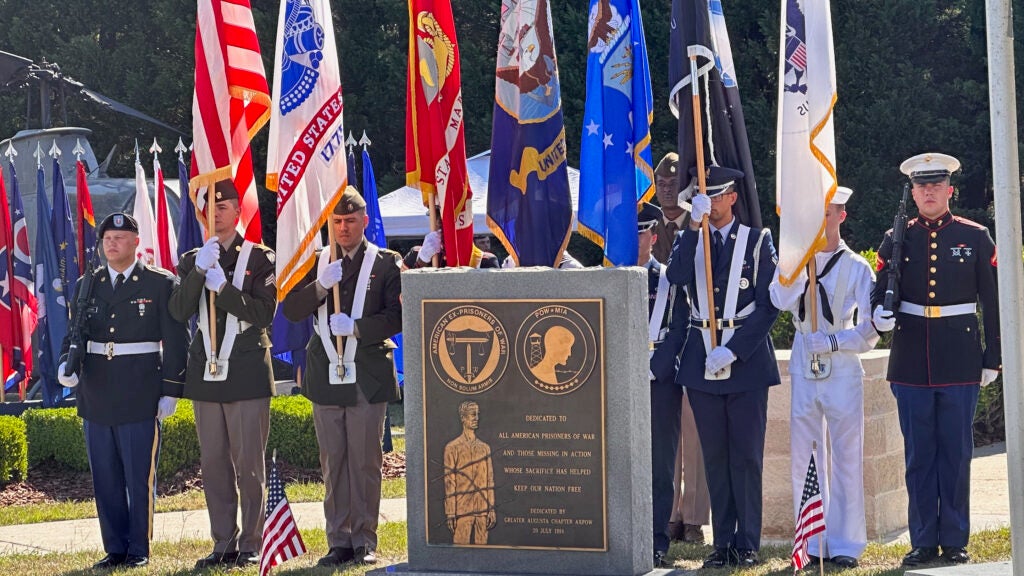
Herlick has said National POW/MIA Recognition Day should focus more on servicemembers who are missing in action so their families can gain closure. The day is held each third Friday of September.
While the nation honors its veterans, the fallen and their familiies, national POW/MIA Recognition Day serves to formally recongize those “who have given an extra measure to protect our free nation,” said Brig. Gen. Mark D. Miles, deputy commanding general of the Cyber Center of Exellence at Fort Eisenhower.
Miles said some 80,000 American forces remain unaccounted for across the world but are actively being sought by the Defense POW/MIA Accounting Agency, which has returned thousands of missing personnel to their familiies.
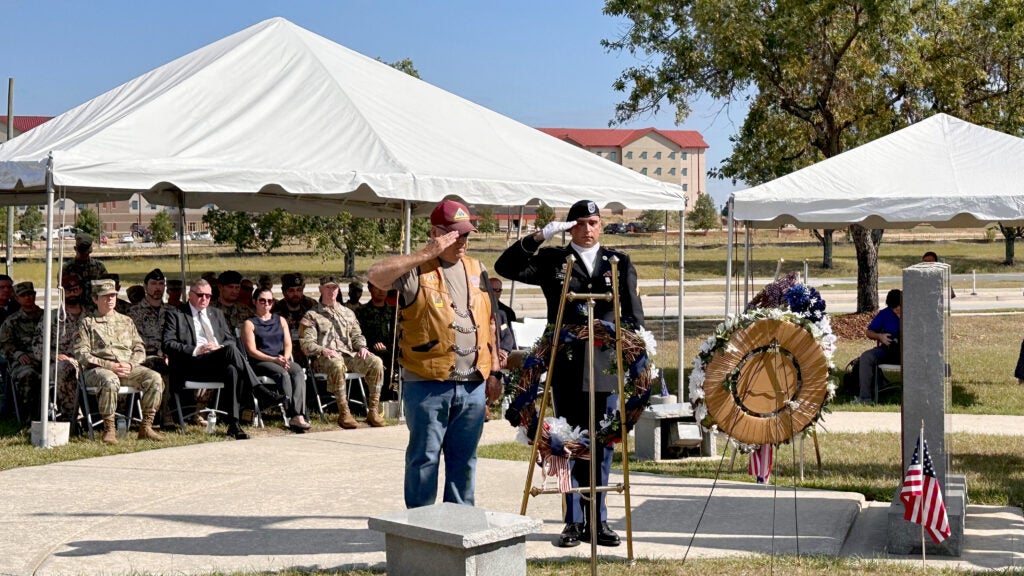
The POW/MIA flag was first widely distributed in 1972. It was flown over the White House in 1988 and was recognized by Congress as the symbol of the effort in 1990.
It and continued legislative efforts to return the missing serve to remind famliies their loved ones belong in a “special category” and “are truly not forgotten,” Miles said.
Just last month, the DPAA accounted for Army PFC Lemuel Dent Jr., a “Buffalo Soldier” from Ironsides, Md., who went missing during World War II, he said.
Dent was aboard a tank that was struck while crossing a canal near Viareggio, Italy, in 1945. He was among some 170 listed as missing or wounded.
